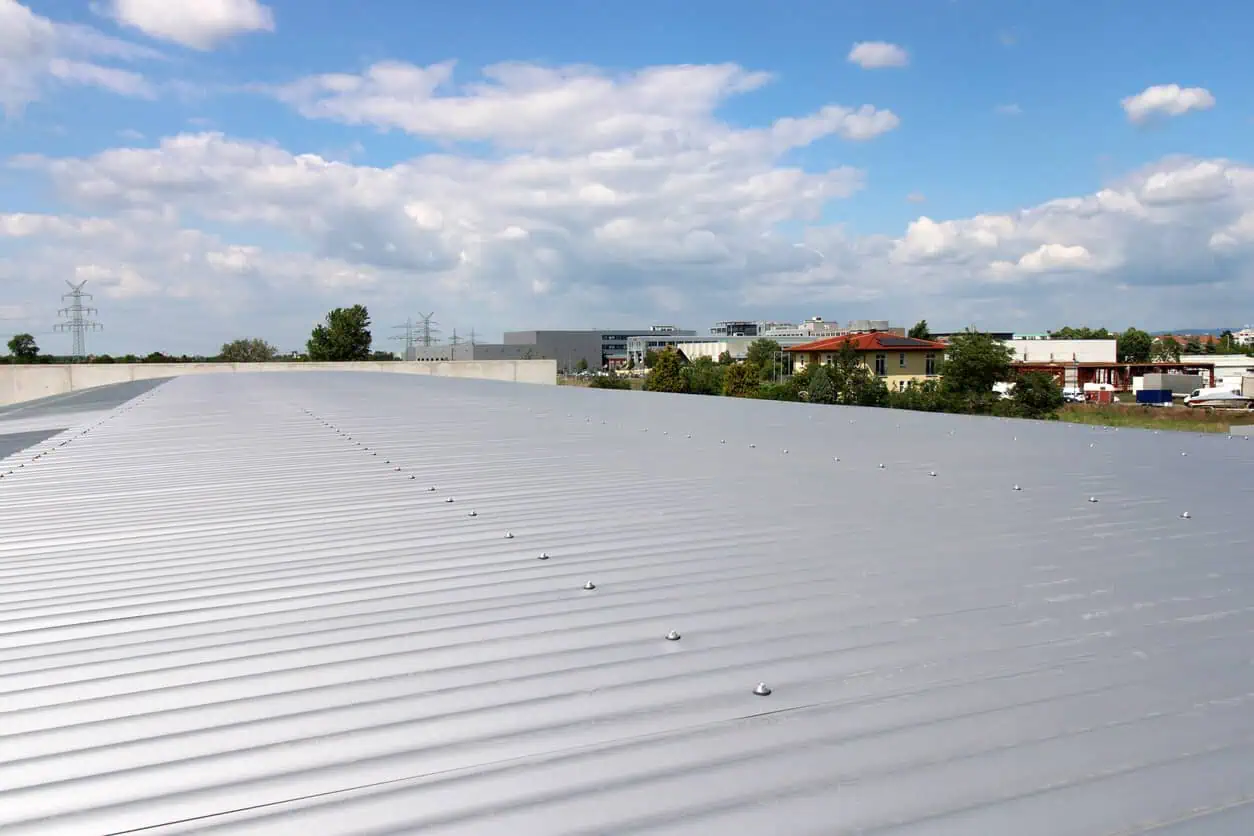It’s easy to assume a roof is just something that either works or doesn’t – a layer you don’t think about until something goes wrong. But the truth is, there’s a lot more going on above your ceiling than most people realize. A flat roof isn’t just a design choice – it’s a long-term system with structural, thermal, and drainage implications that need real planning. And once you’re responsible for that space – as an owner, property manager, or tenant – ignoring the signs or skipping details can get expensive quickly.
Whether you’re planning upgrades or simply trying to stay ahead of problems, understanding how different commercial roofing systems behave is a smart place to start.

The Decisions You Don’t See on Day One
Most commercial roofs don’t show issues right away. You’ll sign off on a project, the surface looks clean, maybe even brand-new, and it stays that way for a while. But under the surface, corners that were cut during install – or maintenance that was never discussed – begin to show in time.
This is especially true with flat setups, which are common in offices, plazas, retail centers, and mixed-use buildings. And while a well-designed system holds up fine, one small design flaw in drainage or flashing can cause years of trouble down the line.
When making those early decisions, it’s worth slowing down and asking more than just, “What’s the quote?” If someone can’t explain how water moves off your roof, or what the inspection schedule looks like, that’s a flag.
Why Roof Work Isn’t Always Just Repairs
There’s a tendency to treat roofing as a binary issue – either it’s fine, or it leaks. But there’s a third situation no one talks about: performance that’s technically acceptable but quietly draining your budget.
Maybe the insulation is underperforming. Maybe moisture is seeping in at the seams and hasn’t reached the ceiling yet. Or maybe traffic from HVAC maintenance is slowly wearing out a section near the back where no one ever looks.
The point is, roofs don’t fail all at once. They fade into failure. And in many cases, that slow decline is more expensive than a clean break would’ve been. That’s where preventative action – especially from a team that understands commercial roof repair – can save you from losing more in the long run.
How Location Subtly Affects Design
A roof in Toronto doesn’t behave the same way a roof in Calgary does – not because materials change, but because snow load, freeze-thaw cycles, and even city-specific code enforcement vary.
This means if your building is located in the GTA, you don’t just need a good install – you need one that accounts for regional factors. Slope angles, edge detailing, ice dam resistance – those become more than just technical details in a climate like this.
When you’re exploring your options, it makes sense to connect with crews who’ve worked in the area. Companies familiar with commercial roofing Toronto requirements will likely notice things that out-of-area teams might miss.
Not All “Flat” Roofs Are Built the Same
It’s tempting to treat all flat systems as interchangeable. Rubber? White membrane? Doesn’t matter, right?
But once you start looking into the specifics, you find out pretty quickly that the performance difference between systems is real. And it’s not just about brand names or cost per square foot.
Installation methods, seam welding, reinforcement options – all of these vary depending on what material you go with. A cheaper system might look fine when installed but lack resilience during heatwaves or snowstorms.
That’s why people focused on long-term performance – not just patch jobs – are usually advised to explore commercial flat roofing solutions tailored to their structure and building use.
Where Budget-Saving Becomes Risk-Taking
One of the biggest mistakes you can make is handing the entire roofing decision off to a general contractor or leaving it to the lowest bidder. It happens more often than you’d think – especially in multi-tenant commercial properties where owners are hands-off and rely on management to handle infrastructure.
Without clear direction, roof work can be rushed, underdocumented, or poorly matched to the structure. The result? You don’t feel the pain now, but in 3–5 years you’re fielding tenant complaints, paying for spot repairs, or budgeting for a new system way ahead of schedule.
It’s not just about the money you spend upfront – it’s about how much that roof costs you over time.
Take the Time While You Still Have It
If your roof is still in good condition, you’ve got leverage. You can gather quotes, ask technical questions, explore upgrades, and plan smarter. But once the damage sets in, you’re stuck in reactive mode.
The people who get the most value from their systems are usually the ones who plan just before they need to. Not when it’s too early – but when they still have options.
So if you’re on the fence, take a few hours, get someone to walk the roof with you, and start thinking through the next five years – not just the next season. You’ll be glad you did.
